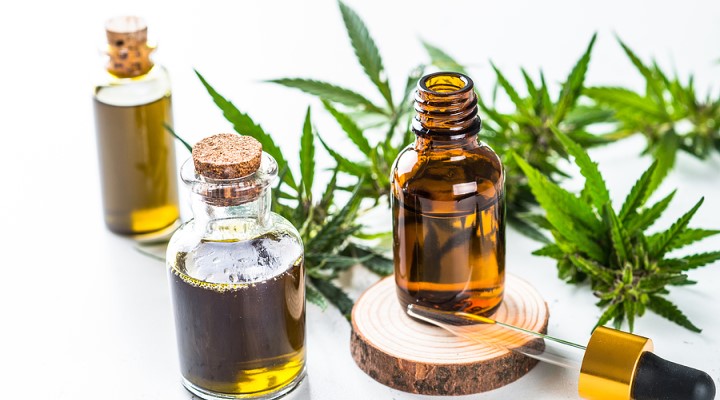Starting 1 July 2022, advertisers will have to check twice to make sure that their advertisements around therapeutic goods adhere to the new laws.
If you’re an influencer, you may have heard about this, as well as the incorrect reports that influencers will not get paid for posts advertising skincare, sunscreens, protein powders, vitamins, supplements, skincare for acne, medicines and skin lightening products.
The Australian Influencer Marketing Council (AIMCO) has clarified this misinformation, stating that the updated code has not banned the promotion of therapeutic goods, they have just made the rules for influencers consistent with the rules for all other advertising formats of therapeutic goods.
What is a therapeutic product?
There is no blanket rule or clarification on what a therapeutic product actually is. It can range from supplements to vaccines and medications. The TGA’s definition is “Therapeutic goods range from medicines or medical devices and have a health effect on the human body”.
If you are unsure as to what you are promoting falls into the therapeutic good category, you can give this questionnaire a go by the TGA. To be extra careful, seek legal advice.
Testimonials vs Endorsements
An endorsement shows that someone has used the product. An influencer posting an image on Instagram of a bottle of sunscreen on top of a beach bag is an endorsement, as long as there is no verbal reference to the product in the caption.
A testimonial takes the endorsement a step further, and explains what the outcome of using the product was. The same influencer posting a photo of the sunscreen on top of a beach bag with the caption “XYZ Sunscreen is the best for my sensitive skin and I love the coconut smell of it!”
Regulating influencers and what it means for the community
New regulations around advertising therapeutic products are an entry to the long list of rules for influencers to adhere to. It won’t be a surprise to see other categories follow.
Financial influencers (or finfluencers) may see themselves facing regulatory changes to their own content soon. ASIC put finfluencers on notice in March, warning that they need to quit promoting stocks and investment funds online or face imprisonment and $1 million fines.
We think this is a huge win for consumers. These changes set a precedent for removing predatory content that can harm people. Taking financial and health advice from random people on the internet is not ideal at the best of times, but if they’re not even qualified then that’s something that needs to be stopped.
Who will be responsible/liable for breaking the new TGA code?
Both brands and influencers may be liable, which is why having a solid contract in place is so important. Even down to the individual at an advertising agency could be liable.
Moving forward, influencers and brands need to be careful, update agency agreements, and work closely together to avoid crossing any boundaries that will put them at risk.
Last things to consider
Samples: Healthcare professionals can’t endorse therapeutic products under and circumstances, so even if you are handing out samples at an event in person, be careful of how it is receiving the product and that you are not giving a verbal testimonial.
Historical content: Anything that is still earning revenue (eg. YouTube videos) in relation to the promotion of a therapeutic product should probably be taken down. The TGA understands that it’s a new and complex environment, but it’s best to be on the front foot to avoid any issues.
Influencers and brands have until 30 June to revise their strategies to align with the new rules, so it will be interesting to see the change in messaging around health products in the online space.







